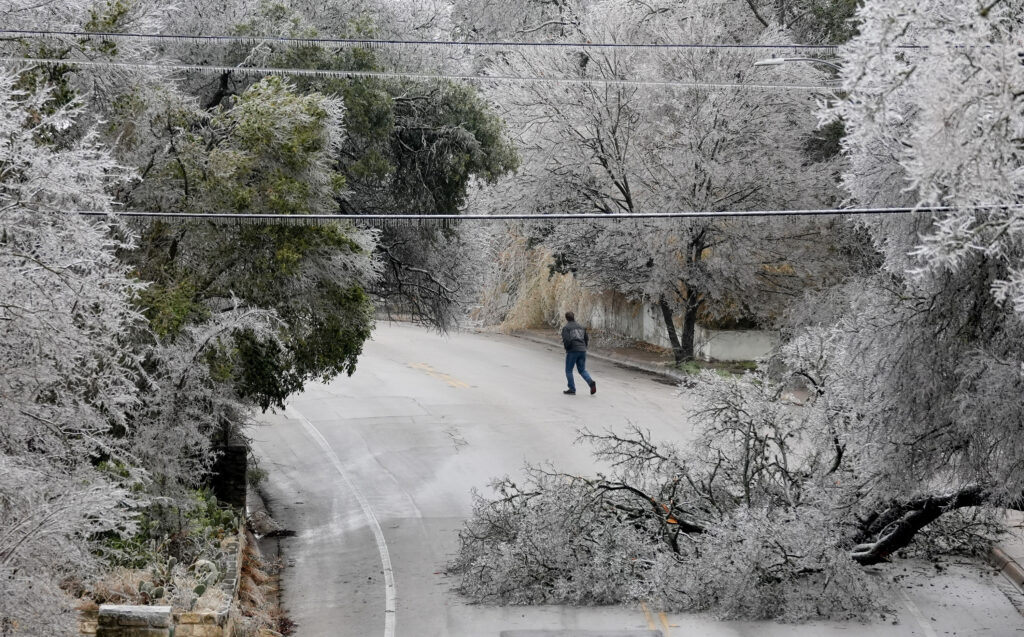February 8, 2023
Data source: U.S. Energy Information Administration, Hourly Electric Grid Monitor
From February 3 to February 5, record-breaking cold temperatures and extreme wind chill in New England created strong electricity demand as homes and businesses turned up the heat to combat the frigid conditions. Despite the widespread and extreme cold, the region’s power grid avoided blackouts and met heightened electricity demand.
During the cold snap, temperatures ranged from -10?F in Boston, the coldest temperature recorded in the city since 1957, to -25?F in northern New England. Powerful winds added to the cold. Wind chill records were set in cities across New England, including Boston, where the wind chill reached -39?F.
Over the three days of extreme cold, hourly electricity demand in ISO-New England (ISO-NE), the power grid operator for the region, peaked at 19,487 megawatthours (MWh) at 7:00 p.m. eastern time on Friday, February 3, based on data from our Hourly Electric Grid Monitor. Demand approached that level again on the evening of Saturday, February 4, when it reached 19,287 MWh. The all-time high in winter peak demand in ISO-NE was 22,817 MWh in January 2004.
Hourly electricity demand in ISO-NE remained above 16,000 MWh for 32 consecutive hours during the arctic blast, from February 3 to February 4. On a typical winter day, hourly electricity demand in ISO-NE peaks around 16,000 MWh and falls below 14,000 MWh at night, when electricity demand is usually lower.
To help meet demand, grid operators called on power plants that aren’t typically used, including more than 5,000 megawatts (MW) of oil-fired power plants as well as the region’s last remaining utility-owned coal-fired power plant, Merrimack Station in New Hampshire. These plants ran during the entire cold weather event. Generation at these plants was phased out on Sunday, February 5, once temperatures warmed.
The mix of electricity sources used to meet electricity demand over the weekend was similar to the mix used during Winter Storm Elliott in December 2022. In both cases, oil-fired power plants met the heightened electricity demand and compensated for the decline in output from natural gas-fired plants. Output from natural gas-fired plants declined because the region’s limited natural gas pipeline capacity was increasingly used to supply natural gas to residential and commercial heating customers, making less natural gas available for power plants.
Extreme weather events like last weekend’s storm and the resulting spikes in electricity demand have stressed power grids in regions across the country. In response, the North American Electric Reliability Corporation and the Federal Energy Regulatory Commission have launched a national study examining electric supply reliability.
You can find additional data and more detailed information in our New England Dashboard and our Hourly Electric Grid Monitor.
Principal contributors: Mark Morey, Chris Peterson, Elesia Fasching
From February 3 to February 5, record-breaking cold temperatures and extreme wind chill in New England created strong electricity demand as homes and businesses turned up the heat to combat the frigid conditions. Despite the widespread and extreme cold, the region’s power grid avoided blackouts and met heightened electricity demand.

